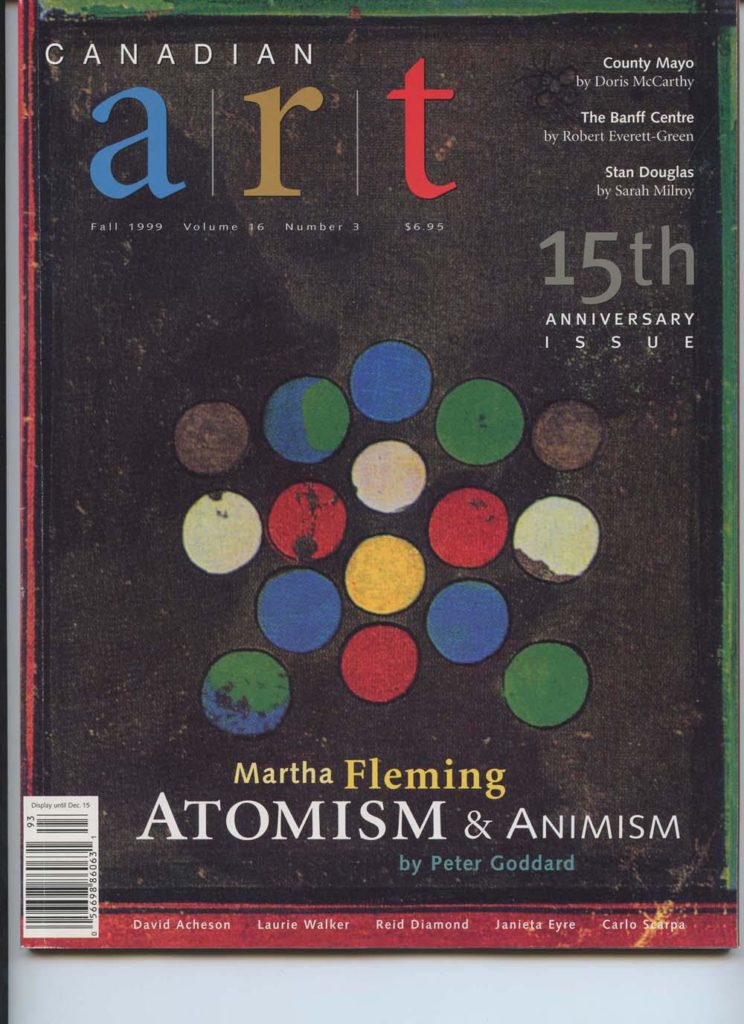Barely through the front doors of the Science Museum on Exhibition Road in London’s old-money South Kensington, you come to face a towering, ancient artifact. Ancient? It is, in fact, the landing gear from an Airbus A330. But the space around it transforms its meaning. With its thick, bundled strands of circuitry and tubing twined up the towering leg like monster veins, you initially imagine the giant haunch of a Tyrannosaurus rex.
Certainly this is the kind of thrill-making big-bang first impression that museums have practiced for decades: get them at the front gate with the dino leg. And no museum gives off the whiff of history more than this one. Paid for with part of the £186,436 profit from the Great Exhibition of 1851, the South Kensington Museum, as it was called, evolved under the watchful eye of Prince Albert to become the very model of Victorian museology. Here the princely will to stimulate British scientific exploration and to educate the public in the wonders of British technology also gave the go-ahead for the museum’s curators to accumulate as much stuff as they could get their hands on.
So begins our Fall 1999 cover story. To keep reading, view a PDF of the entire article.









